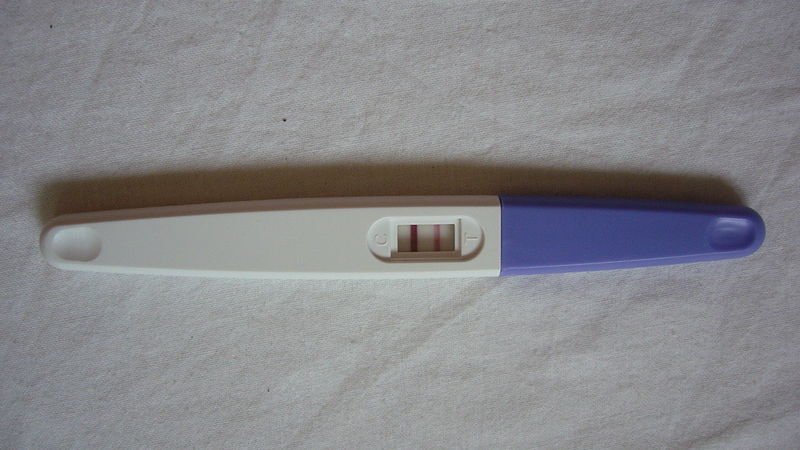Defect tracking is an important part of software testing and often a challenging one. It requires designing test cases, which is where the real challenge lies – the challenge of false positives and false negatives. It’s when your test results lie to you and you really can’t trust them. If you’ve been a part of QA, you might be aware of this. But if you’re not, or you’re a novice trying to learn stuff, you might encounter such situations and will probably find this article helpful.
False Positives and False Negatives
To understand the concept, let’s take an example of medical testing. In medical terms, if a patient is tested and it is found that he/she has the disease, the test result would be positive. Similarly, if the disease is not found in the patient, the test result would be negative. The same applies to software testing, but with bugs.
False positives are given when the test case fails but in reality, there are no bugs and/or the functionality works correctly. Whereas false negatives come into play when the test case passes but the bugs exist and/or the functionality doesn’t work as expected. Both of them can be really annoying but when it comes to which one does more damage, false negatives are the winner. They give you a false sense of security and let the bug live in the system for an indeterminate amount of time and while false positives can waste your time and energy, the costs it incurs are very less compared to what false negatives do since they jeopardize customer retention and leave your software open to vulnerabilities.
Why Do They Occur?
Whenever a test case results in a false positive or false negative, you should check the following:
- Test data
- Change in an element’s functionality
- Change in code’s functionality
- Change in requirements
- Requirements’ ambiguity
These are just a few of the ways by which you can get to the root cause, or at least try to. So it’s very important to investigate the test cases. Test case management tools can be very helpful in doing so.
How to Reduce the Occurrence of False Positives and False Negatives
In case of false-positive results, automation tools can be of great help in reducing the brittleness of the test cases by pulling information from your site by falling on other elements and selectors around it to determine if an element has changed or remained unchanged.
In the case of false negatives, you need to improve your test plans, test cases, and test environments. For both false results, try to use different test data, metrics and analysis, and thoroughly review test cases and test execution reports.
Acknowledge the importance of both forms of testing, i.e. manual and automated testing, to ensure that false test results don’t slip through the cracks. Always remember to be thorough and diligent throughout the entire testing process. Leverage best practices and best test case management tools to step up your game.
Author Bio: As a Senior Marketing Consultant at Kualitatem, Ray Parker loves to write tech-related news, articles, specifically quality assurance and information security. Apart from his techie appearance, he enjoys soccer, reading mysteries, and spending long hours working over at the New York office.




